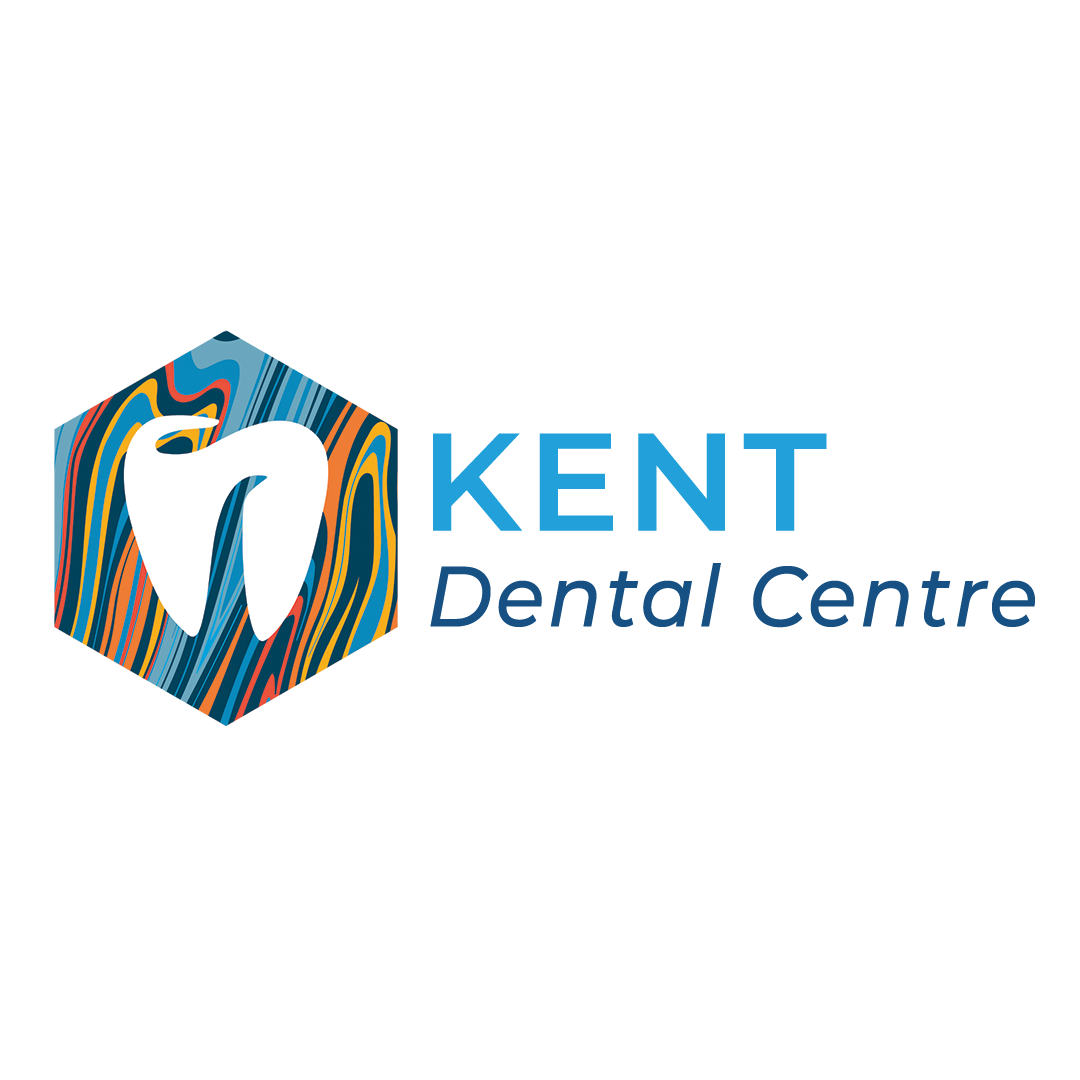Call Us - (+90) 850 305 3113
What is Digital Dentistry?
Digital dentistry is the implementation of dental procedures using up-to-date technology using an intraoral scanner and computer.
Since each step encountered in dental treatment is based on the use of computer-based devices that support digital components, digital dentistry minimizes the errors that may occur in the stages and offers treatment opportunities that can be used for life in a short time.
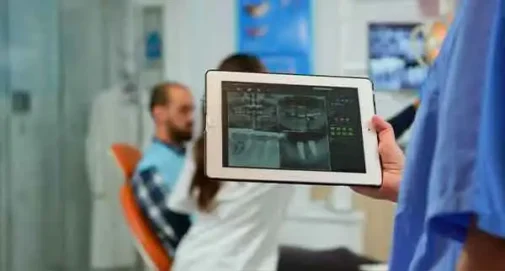
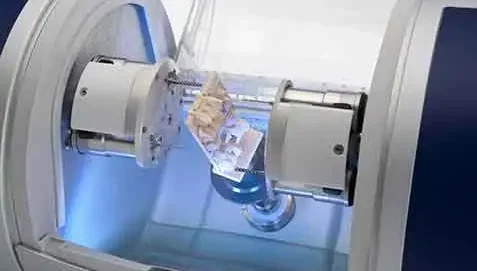
What is CAD/CAM?
CAD/CAM stands for computer aided production. By using CAD/CAM technology in new generation digital dentistry, errors are minimized and treatment opportunities that can be used for life in a short time are offered. As a result of the technology age, we use technology in the best way in dentistry.
What is the Difference Between CAD/CAM Technology and Traditional Methods?
In CAD/CAM technology, the size of the prepared teeth is taken digitally by photographing with the help of a camera. The resulting measurement is 10 microns (one hundredth of 1 mm) precision. In this way, future bruises that may occur under the coating are prevented. In line with the digital measurement, digital tooth design is made in the computer environment.
By directing the virtual designs to the engraving unit, ready-made porcelain and zirconium blocks are obtained. Restorations that combine edge harmony, durability and aesthetics are obtained in a short time. Since the entire mouth can be seen in three dimensions, negative effects such as food accumulation and height are not observed around the prepared restorations.
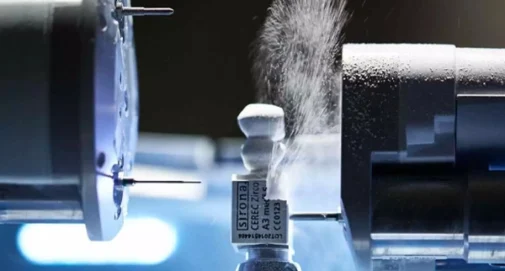
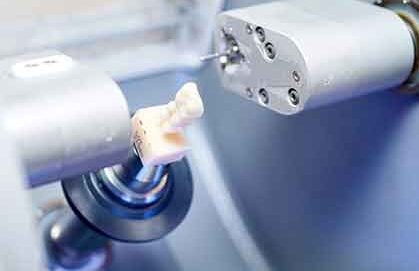
What are the Advantages of Digital Dentistry?
With digital dentistry, it provides a treatment opportunity that is completed in a short time compared to conventional methods and can be used for life. By increasing the efficiency, it gives results in one-to-one compliance with the anatomical mouth structure of the person, as well as having a positive effect in terms of cost.
What Kinds of Restorations are Produced with CAD/CAM Technology?
- Crown (prepared in minutes, produced in natural color)
- Bridge (the restoration is completed in 3-4 hours)
- Zirconium Bridges (full mouth zirconium bridges are made within 24 hours)
- Porcelain Filling (inlay-onlay) (especially in canal treatment and teeth with excess material loss, is the best alternative to veneer against future breakage of teeth. Instead of losing more material like veneer, the piece that will complete the missing piece is produced from porcelain blocks and the treatment is completed within minutes)
- Porcelain lamina (provides the most reliable and fastest solution for our patients who have aesthetic problems in the anterior region. In patients with color problems and permanent staining but are satisfied with the shape of their teeth, the current situation is recorded digitally before the procedure. Afterwards, a copy of the teeth is prepared and the laminae in the same original morphology are adhered to the patient. If the patient is not satisfied, a new design is made and production starts with the approval of the patient)
Technological innovations are important in every field. The important thing is that technological innovation is sustainable. There is a rapid acceleration towards digital in dentistry. Now, teeth scanned using an intraoral camera can be designed specifically for the person’s mouth structure and produced using porcelain or zirconia blocks in three-dimensional scrapers.
